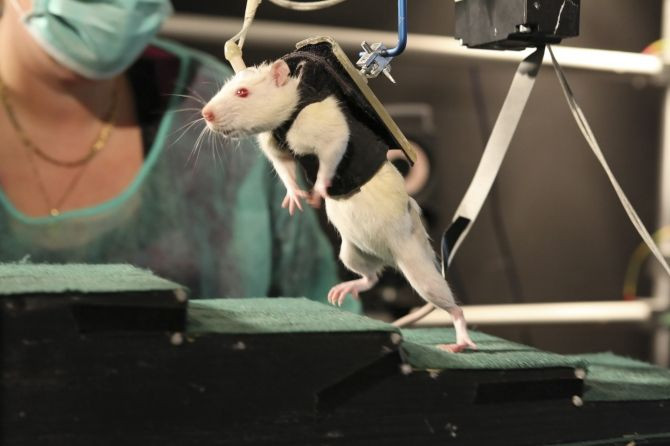Your Diet Could Protect Against Damage Caused by Spinal Cord Injuries

New research suggests that curry powder and omega-3 could help repair and offset the damage caused by spinal cord injuries.
Though surgeries are effective in alleviating pain and preventing further damage, they do nothing to repair the damage already sustained to the nerves and cells of the spine. the researchers was led by Fernando Gomez-Pinilla, PhD, from the University of California at Los Angeles (UCLA) and Langston Holly, MD, from the David Gaffen School of Medicine at UCLA set out to determine whether the spinal cord could help heal itself.
Researchers used three different groups of rats to test their hypothesis, all of whom had a condition that stimulated cervical myelopathy, a degenerative disorder that typically occurs in patients afflicted with rheumatoid arthritis, osteoporosis, and other spine-weakening conditions.
The first group of rats was given rat food based on a Western diet high in saturated fat and sugar. The second group, the control group, was given standard rat food. The third group was given rat food with docosahexaenoic acid (DHA) and circumin, a compound found in a common Indian curry. DHA was used because it is a fatty omega-3 acid that has been linked with the aid of cellular repair and circumin was brought in because it is a strong antioxidant that has been shown to repair tissue. Both substances help reduce inflammation.
Researchers have previously studied the effect of DHA and circumin on the brain, and the scientists believed that, with the link between the brain and the spinal cord, what had worked with the brain may also work on the spinal cord.
The researchers recorded a baseline of the rats’ strides, and then measured them on a weekly basis. They found that the first group of rats, who had been eating the western diet, fared worse than their counterparts. The rats' walking problems worsened as the study continued. The rats who had been fed a diet high in DHA and circumin fared significantly better; their gaits improved against the first group, and continued to do better for up to six weeks.
The scientists then examined the rats’ spinal cord damage on a molecular level. The rats in the first group sustained high levels of spinal cord damage. Those in the third group’s level of damage was consistent with that of the control group.
While much more research needs to be done, the group was confident of the link that it showed between diet and degenerative disease – namely, how certain diets may help protect the body against the damage caused by these diseases.
The study was published in The Journal of Neurosurgery: Spine.



























